How a Photo of Hélio Castroneves's Third Indy 500 Win Began With Danica Patrick

Full Frame is Sports Illustrated’s exclusive newsletter for subscribers. Coming to your inbox weekly, it highlights the stories and personalities behind some of SI’s photography.
To get the best of SI in your inbox every weekday, sign up here. To see even more from SI’s photographers, follow @sifullframe on Instagram. If you missed last week’s edition on shooting portraits at WNBA drafts, you can find it here.
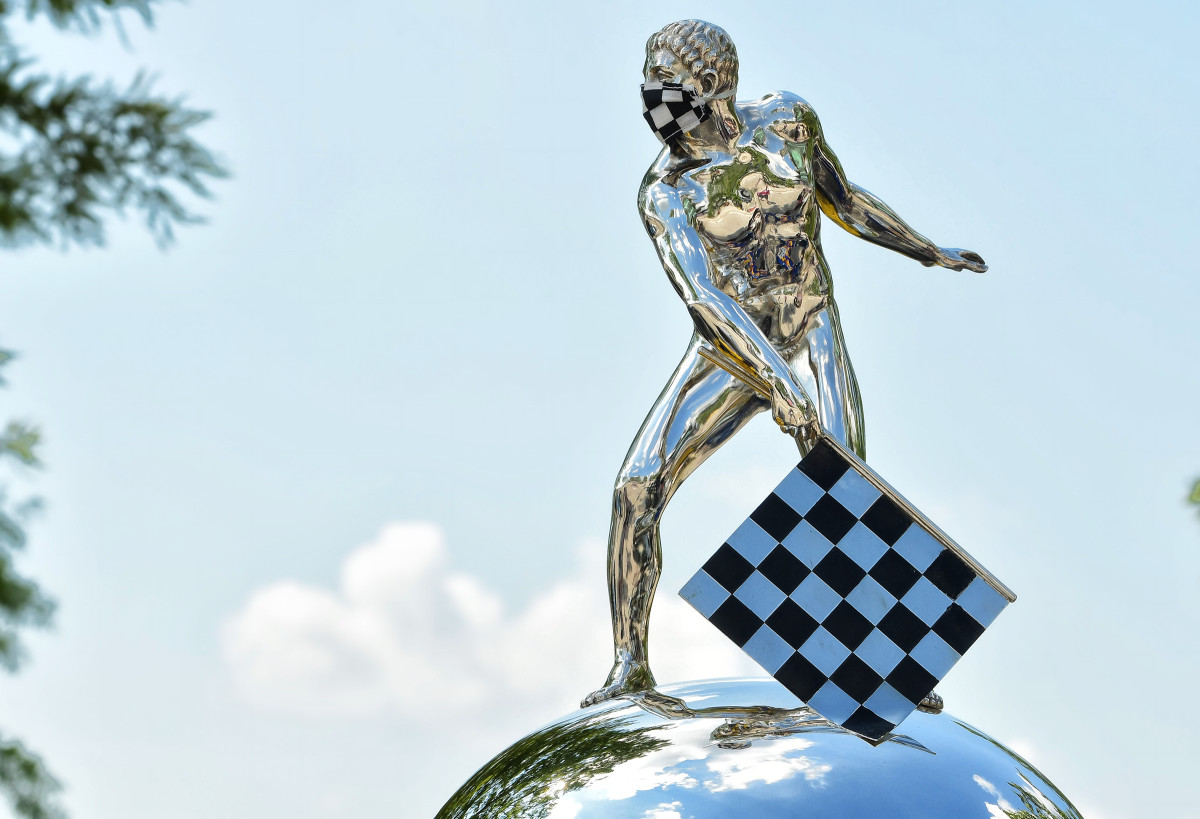
The roar of engines echoed throughout the speedway as the smells of burning tires striking the asphalt and exhaust fumes filled the air. Palm trees billowed as Indy cars whizzed by on Homestead-Miami Speedway.
Danica Patrick zipped by in her black open-wheeled car with blue detailing during the winter testing event in Feb. 2008, but her vehicle design isn’t what caught the eyes of spectators. A Nikon camera was nestled on the side of her car, secured by three suction cups with bars that formed a triangle-type contraption that was put together by the individual who did all the rigging for a Fast & Furious movie.
IndyCar and Patrick’s team had approved for photographer Fred Vuich to shoot Patrick for 20 laps before testing began—10 laps, a break to check the car and the track, then the final 10 laps. But when Patrick came in after the first segment, problems arose. Before Vuich could check his camera, the racing director for IndyCar asked to speak with him.
There was a problem with a safety barrier that would take an hour to repair before cars would be allowed back on the speedway. The director asked whether Vuich would forgo the final 10 laps to keep everything on track. He added that if Vuich was not pleased with the photos he got from the first 10 laps, then it would be O.K. to finish the project.
“I checked, and it’s exactly what everybody wants,” Vuich says, who was shooting for Sports Illustrated. “It’s the backstretch, the palm trees. It’s the Homestead Speedway painted on the wall. It’s perfect for what we need.”
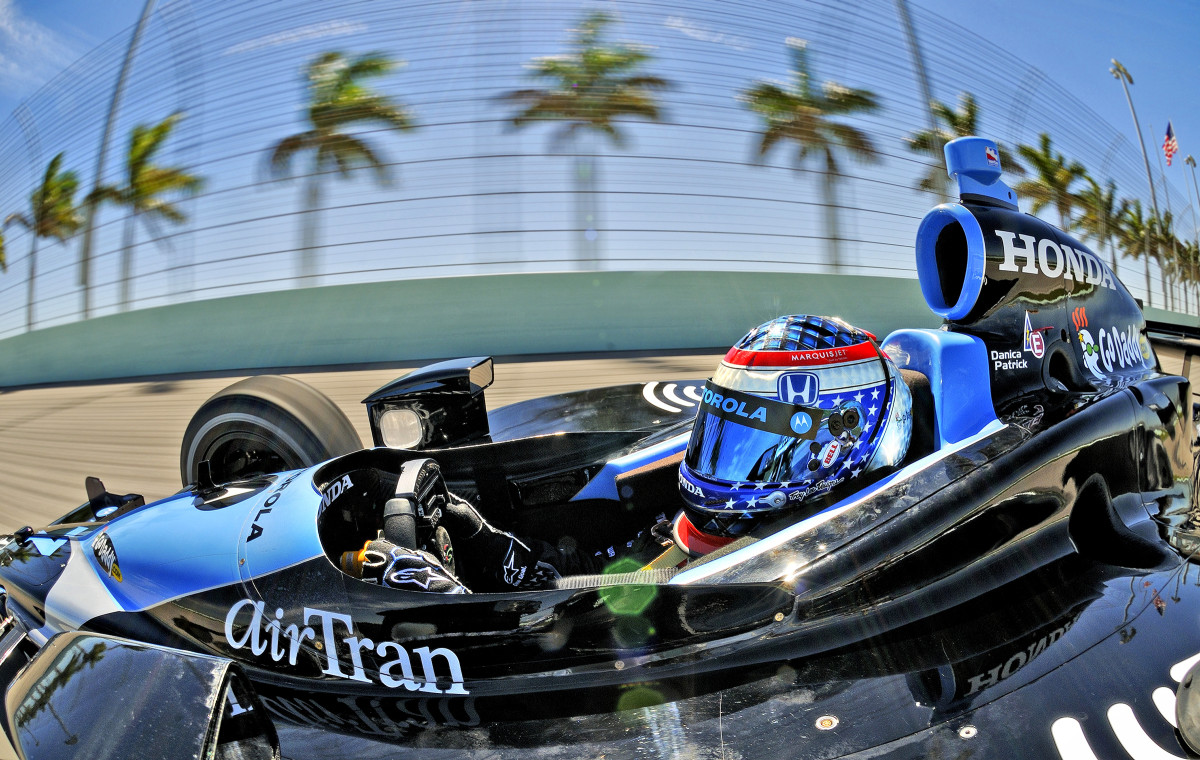
As Vuich told the director that he got what he needed and was about to walk away, the director reached into his pocket and handed the photographer his business card.
“He says, ‘I can’t thank you enough. By you not using the second 10 laps, we'll be able to fix the track and keep everything on schedule and keep all the other teams happy,’ ” Vuich recalls. “He hands me his business card and says, ‘If you need anything, and I mean anything at any of our races, you call me.’ ”
Fast forward to May 2009.
That little contraption on the side of Patrick’s car and the business card would lead to a one-of-a-kind, iconic Indy 500 photo. During practice for the race, it was evident that Hélio Castroneves would be the favorite to win it. Vuich decided to go out on a limb and call the director for a unique request.
If Castroneves were to win, the experienced photographer wanted to shoot an image of him climbing the fence on the main straightaway, where photographers normally aren’t allowed to go. The director agreed and then called back a few days before the Indy 500 to let Vuich know he’s all set and to check in with the control gate marshall with five laps to go.
It was a monumental race for Castroneves, who had just recently returned to the track after acquittal on tax evasion charges. With just under 60 laps to go, he snagged the lead from Scott Dixon.
With the final laps still to come, Vuich went to the start-finish line and introduced himself to the man at the gate, who said he was expecting him. The photographer shot through the fence until Castroneves crossed the line, winning his third Indy 500.
“[The marshall] opens the gate. I go through and I hear him say, ‘Where do you think you’re going?’ ” Vuich says. “I turned, and there’s another photographer trying to follow me. And he says, ‘I’m going with him.’ He goes, ‘Oh no, you’re not. Only he’s allowed down there.’ And he closes the gates.”
When Castroneves stopped, security tried to keep him from getting out of the car. Vuich recalled how they were physically holding him and trying to get him to drive the car straight to victory lane instead of doing the fence climbing that he’s known for.
The São Paulo, Brazil, native pushed them away and went to climb the fence. As he scaled it, Vuich pointed his camera. He got as clear of a shot of the driver’s face as he could, considering the helmet drivers wear. And, with just a look at his eyes, you can sense Castroneves’s happiness.
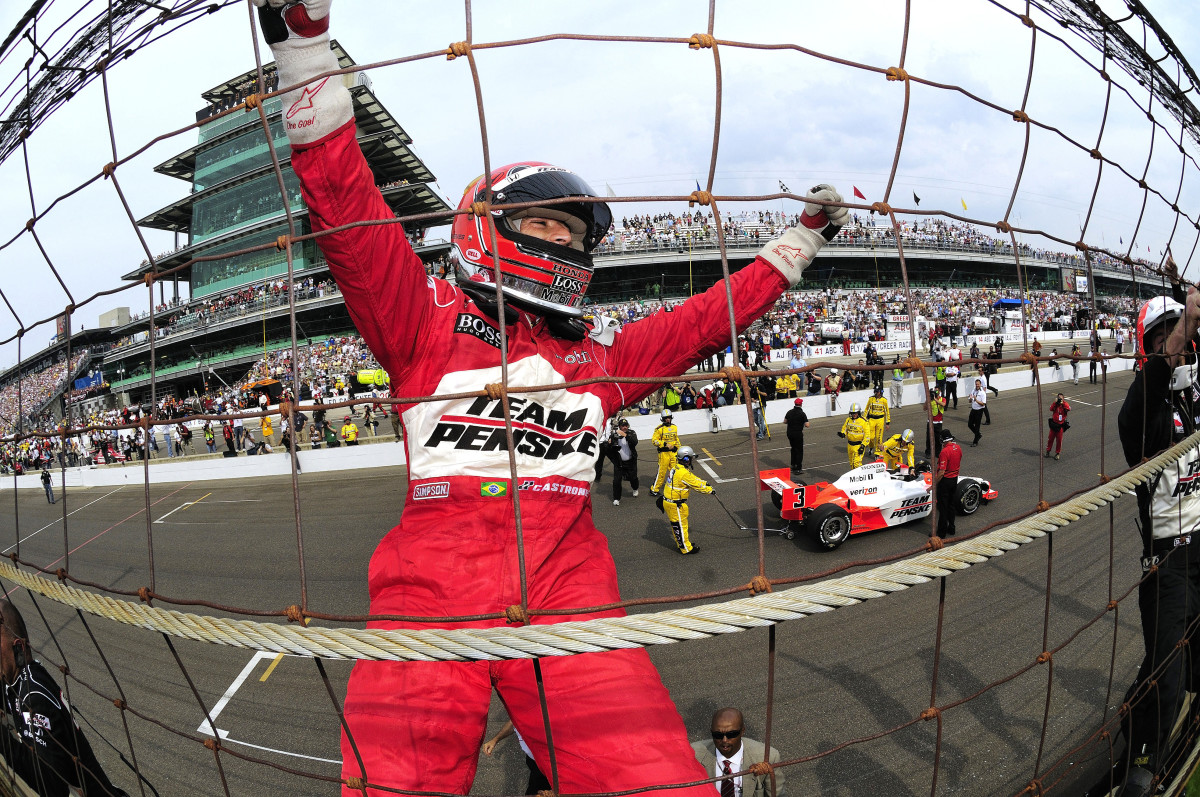
Meanwhile, every other photographer was on the other side of the fence, watching as Vuich caught the once-in-a-lifetime shot.
Vuich typically specializes in golf photography, but he grew up an auto racing fan, listening to Indy 500s on the radio with his father back in the 1960s. He went to his first Indy 500 in 1979 and covered his first in the early 2000s.
He photographed approximately two-thirds of the iconic races from his first one until 2015. But none of them compared with last season’s race, when the COVID-19 pandemic drastically altered what covering the race was like
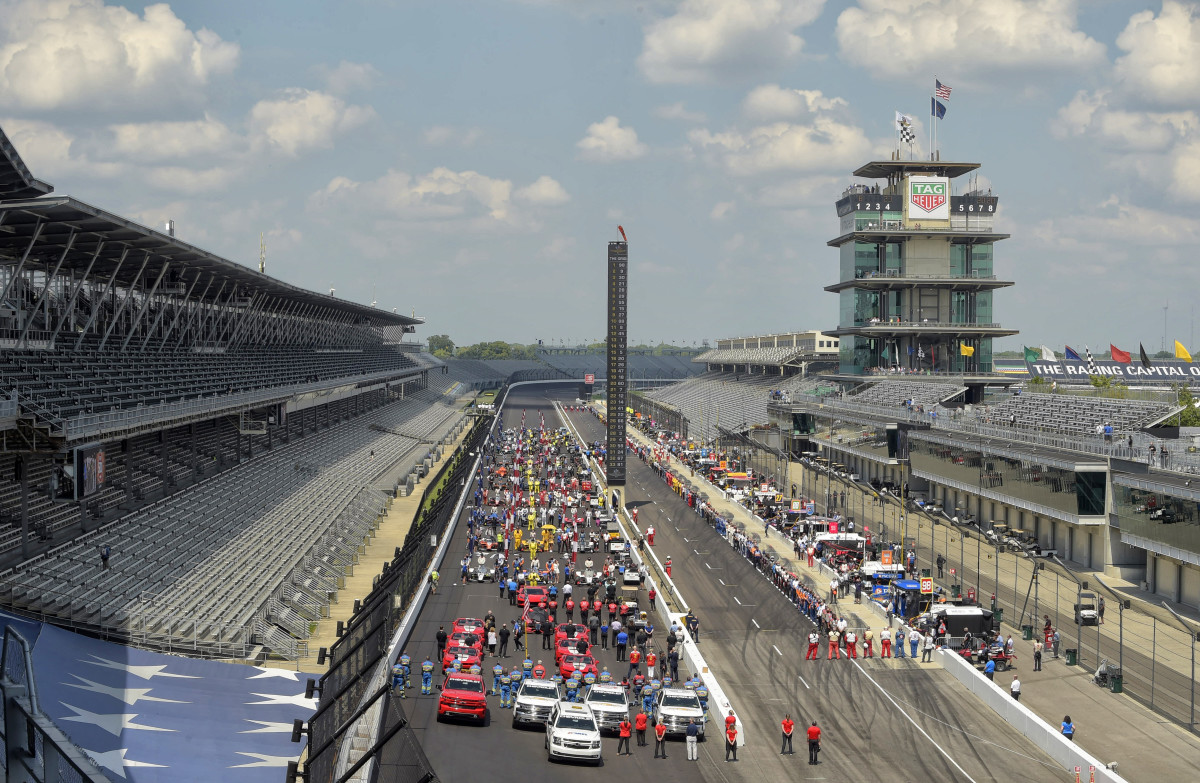
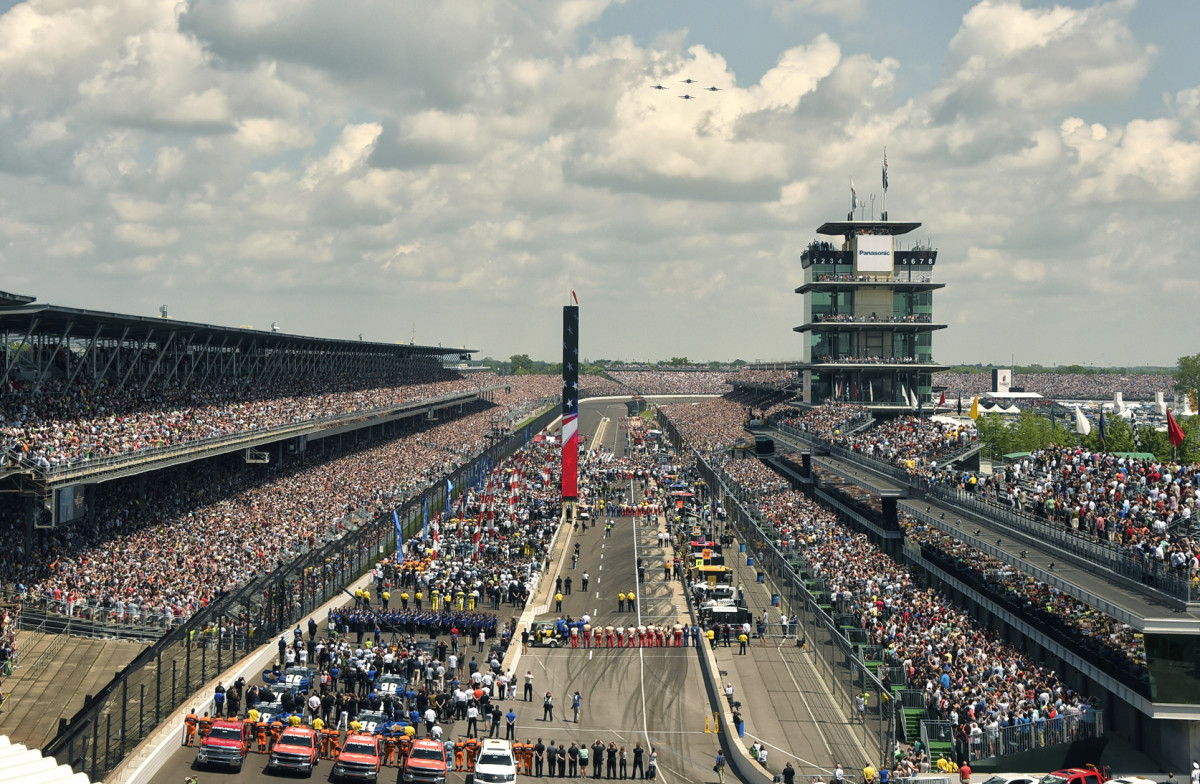
Normally, Vuich would leave for Indianapolis Motor Speedway at 5 a.m. because it took two hours to get there on race day. In 2020, with no fans allowed to attend, he left at 9:30 and got there in a little more than a half hour.
When it came close to race time, a few fans gathered around the fenceline to look through the grandstand to try to catch a glimpse of the cars. This year, Indianapolis Motor Speedway is set to host up to 135,000 fans on May 30, which is 40% of the venue's capacity.
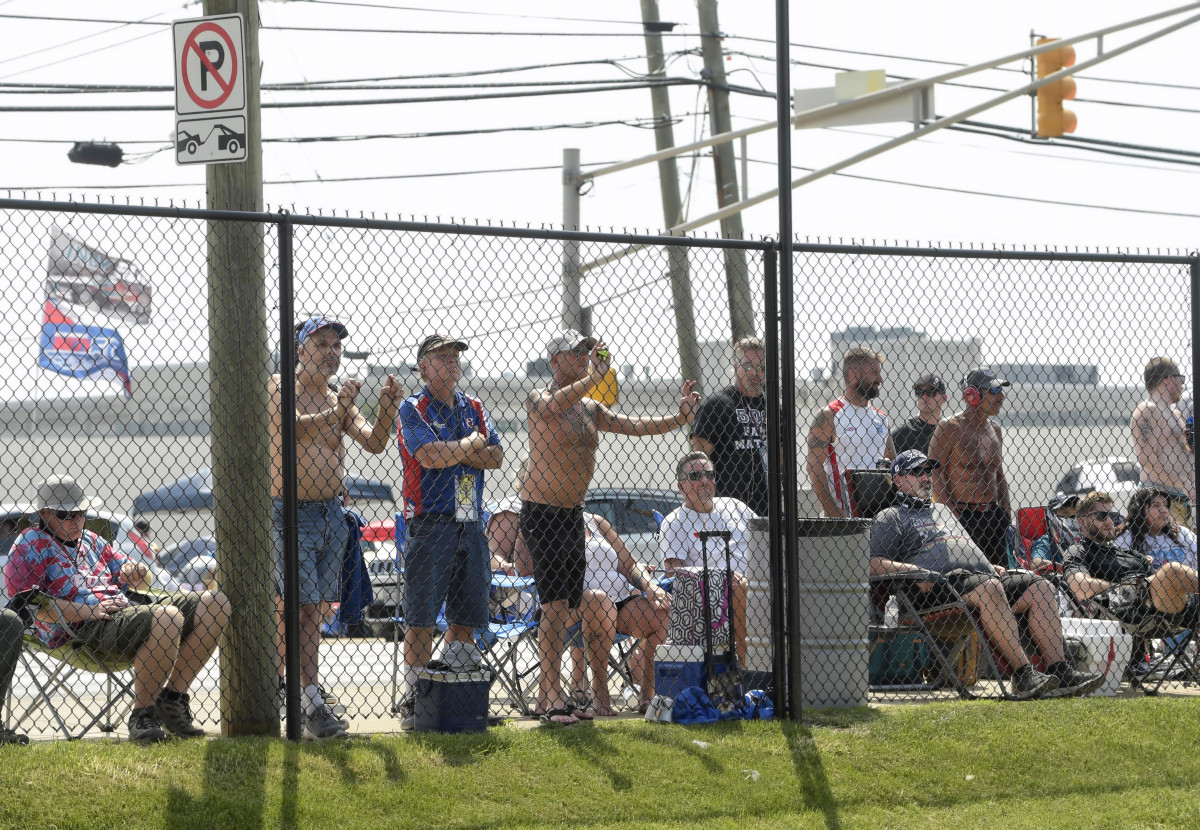
“It’s everything that’s good about America, and it’s the greatest spectacle in racing,” Vuich says. “That’s not an exaggeration. It’ll be really good to see people back after last year.”
Have questions, comments, or feedback about Sports Illustrated's newsletters? Send a note to josh.rosenblat@si.com.
